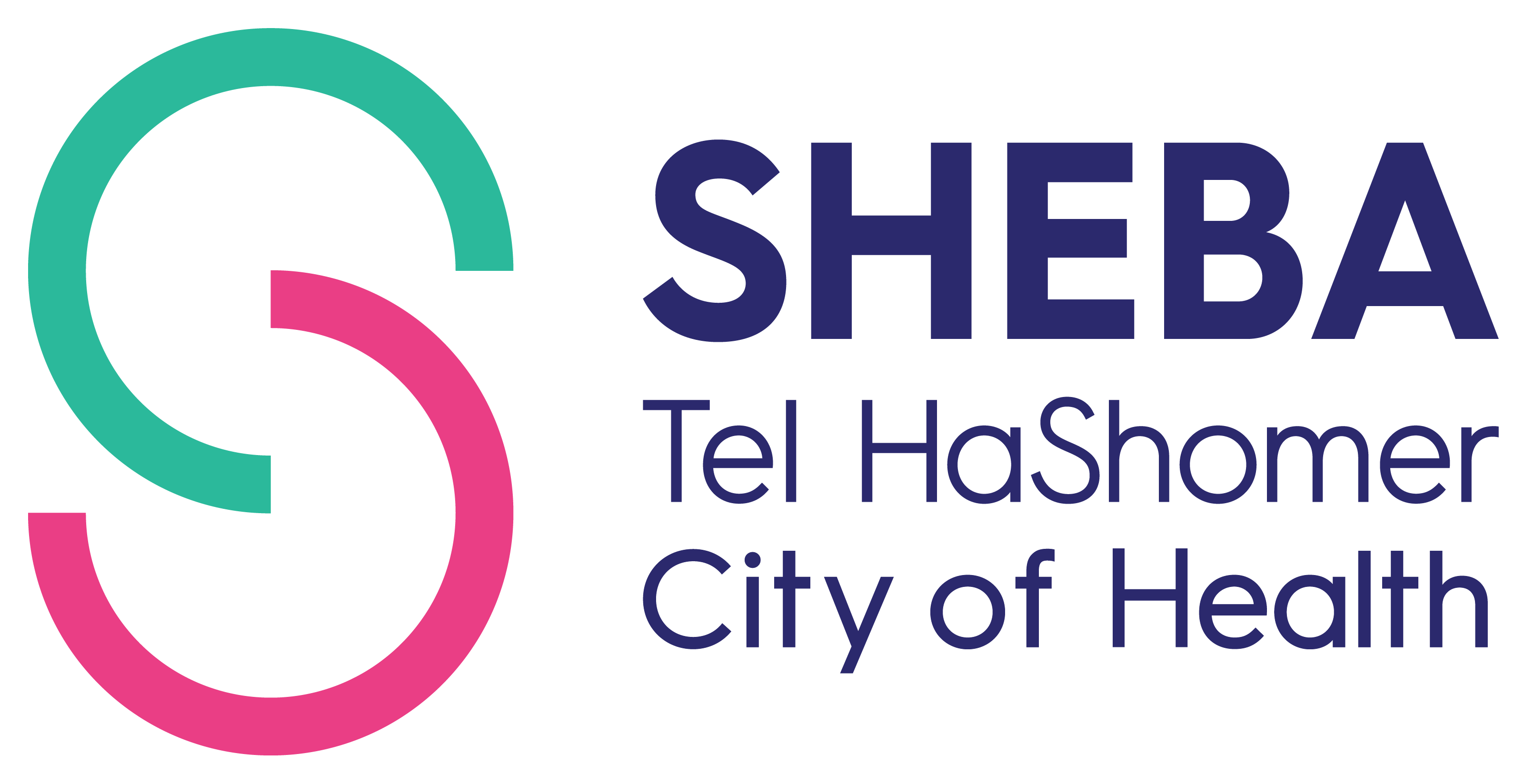Orthognathic Surgery Clinic
Service Manager: Dr. Tal Yofa
Sending digital files and documents: orthocranio@sheba.health.gov.il
Patient support:
Phone: 03-5302860/03-5302674
Days of operation:
Tuesday
The orthognathic surgery service is led by Dr. Tal Yoffe, Deputy Head of the Department. The service includes teamwork with orthodontists, dental prosthetics experts, pediatric dental specialists, ENT surgeons, plastic surgeons, pediatricians, geneticists, and psychologists.
What to bring to the initial consultation:
 A summary of the patient’s medical history.
A summary of the patient’s medical history.
 Clinical photographs of the face and teeth.
Clinical photographs of the face and teeth.
 X-rays, including panoramic and cephalometric (AP+L), and dental arch models.
X-rays, including panoramic and cephalometric (AP+L), and dental arch models.
 In cases of facial asymmetry, it is recommended to bring previous facial photos for comparison.
In cases of facial asymmetry, it is recommended to bring previous facial photos for comparison.
 Digital information can be sent to the following Email : orthocranio@sheba.health.gov.il
Digital information can be sent to the following Email : orthocranio@sheba.health.gov.il
Health insurance participation and Form 17: There are criteria set by the Ministry of Health that determine eligibility for coverage of surgical and orthodontic treatment costs.
Following a thorough examination, the need for additional imaging and tests, such as genetic investigations, upper airway evaluations, periodontal health assessments, temporomandibular joints assessments, and psychological evaluations, is considered.
Orthognathic Surgery Team Meetings:
These are held biweekly to formulate a treatment plan. All the department surgeons and Dr. Ariel Dinbar - a senior orthodontist with extensive experience in the orthognathic surgery field, as well as experienced orthodontists from the Oral Medicine Unit at Sheba Medical Center participate and contribute to the meeting.
Patients are systematically reviewed during these meetings, where their medical background, complaints, photographs, and imaging are discussed. Recommendations are conveyed to patients through a written summary and detailed presentation.
Treatment Process:
Orthognathic treatment is lengthy and requires orthodontic preparation lasting up to two years before surgery. Upon completing the orthodontic preparation, reevaluation is conducted before the planned surgery.
Patient Support:
Throughout the preoperative diagnostic phase, preparatory treatment, hospitalization, and postoperative visits, patients receive support and guidance from the outpatient clinic nursing staff. Nurse station telphone: 03-3502860/2674
3D Surgical Planning Using virtual surgical planning and Augmented Reality:
Surgical procedures are based on 3D computerized planning performed by surgeons and designers at Sheba’s 3D lab. This involves 3D model printing and customized implants tailored to each patient, improving precision and shortening surgery time.
Research in augmented reality (AR) combined with 3D planning for orthognathic surgery is a unique field promoted by our department, which has been recognized with an award by the Israeli Innovation Authority.
Postoperative Care:
Hospitalization typically lasts 3–6 days. Bone healing in the new position takes about six weeks. Most soft tissue swelling subsides after approximately six months, although changes can occur for up to a year post-surgery.
Adjustments of the jaw joints to their new position can take up to two years, and focused physiotherapy may be needed to regain normal movement. Postoperative orthodontic treatment is essential and is expected to last 6–12 months.









